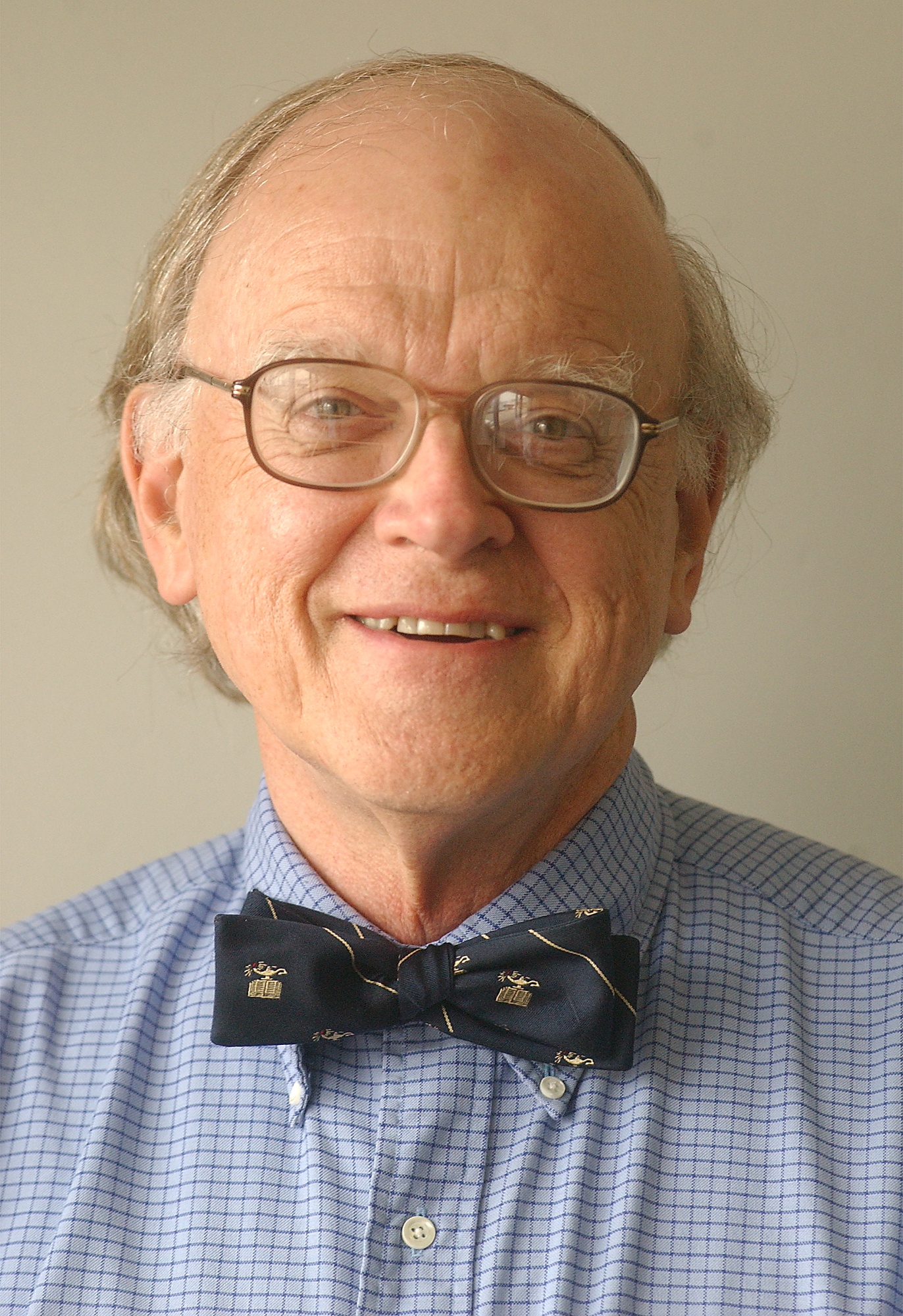The traditional doctor-patient relationship is unraveling in the eyes of several readers. Care for some resembles an assembly line with fewer personal interactions with nurses and physicians. Providers seem distracted by computers into which they enter symptoms as they are described.
Patients and providers alike are aware of burgeoning administrative work that encroaches upon time that could be devoted to clinical care. Among older persons there is an abiding nostalgia for a family doctor who had the capacity to diagnose and solve many medical problems in a personal manner.
A growing shortage of primary-care providers will worsen this situation. High costs of medical education lead to hefty loads of debt for graduates. Because primary-care disciplines are reimbursed at substantially lower rates than other specialties, based upon procedures, young doctors increasingly choose paths to higher paying sub-specialties of medicine and surgery. Mid-career and older primary-care physicians must see more patients to cover rising costs of running their practices. Burnout takes a steady toll.
Because so many clinical practices function independently of one another in a fee-for-service mode, efficiency suffers and costs rise. Appointments, exchanges of information, billing and payment become bogged down as stacks of papers are shuffled.
But an encouraging new initiative is under way that could enhance personal care while improving its quality and efficiency. Projects already in place further demonstrate significant reductions in costs.
The idea of a "medical home" began with pediatricians in the 1970s. In 2007, national organizations representing pediatricians, internists, family physicians and osteopaths endorsed a set of principles for redesigning primary care. Subsequently, the American Medical Association and 18 other professional societies along with major corporations and medically related foundations gave their support.
The Patient-Centered Primary Care Collaboration (www.pcpcc.org) is the umbrella organization for the initiative. Its website presents an excellent overview of models that are already in operation in most states.
Under this scenario, a patient would establish a relationship with a medical home - a team that, in addition to her physician, might include a nurse practitioner, dietitian, respiratory therapist and physical therapist. The team's goal is to provide timely, personal, comprehensive and coordinated care. Screening and preventive care are provided along with management of acute and chronic medical conditions. The team continuously strives to assure safety and quality in all of its activities.
For example, Mrs. A has asthma. She awakens with a worsening cough and slight fever and calls her medical home for advice. She is assigned an early morning appointment in which the nurse practitioner of her team evaluates her and obtains appropriate lab and X-ray studies. Because she is wheezing, Mrs. A receives a breathing treatment. The physician member of her team checks her, finds her breathing improved and reviews her studies with her. A prescription for an antibiotic and a different inhaler has been emailed to her pharmacist.
The medical home would be the repository for all of Mrs. A's medical records in a secure, electronic database. If further evaluation by a pulmonary specialist is needed, pertinent records are transmitted promptly to that consultant, whose report will be returned in the same format. A similar exchange will occur should other procedures or hospitalization be required.
Mrs. A's medical home is her one-stop center in matters of health. If appropriate, her family or a caregiver could be included in the ongoing clinical dialogue.
A variety of medical homes sponsored by groups of physicians, corporations, health systems and governmental agencies have been in operation for several years. Their outcomes are summarized on the Patient-Centered Primary Care Collaboration website. A medical home can be designed to meet the needs of its patients. An inner-city medical home for impoverished people, for instance, might need an urgent-care component. A medical home based at a large manufacturing site would have other needs based upon work schedules. A small community would have still other needs.
Typically, the team approach leads to fewer emergency room visits and hospitalizations. Substantial savings are realized when illness is addressed early. Close monitoring of patients with chronic conditions leads to fewer setbacks and in-patient days. Patients, providers and sponsors report satisfaction with the new arrangement.
A three-part, payment model is often employed by the medical home: a monthly fee for coordinated care, a fee that is linked to the service, and a bonus that rewards the attainment of high standards in patient care.
As medical homes become operational in Tennessee, we should see improved, coordinated care at lower cost.
Contact Clif Cleaveland at cleaveland1000@comcast.net.

